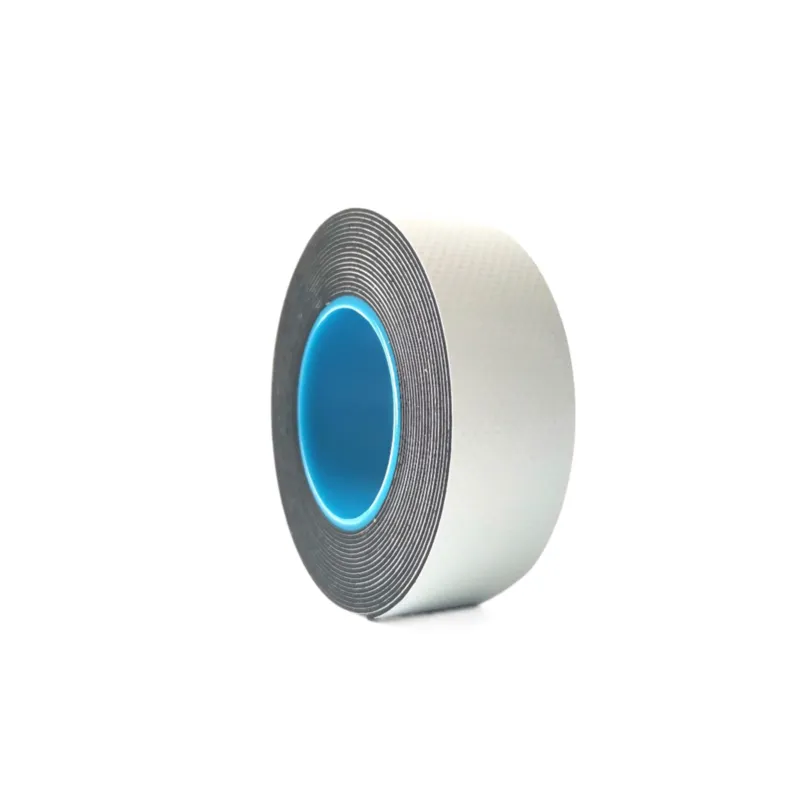Understanding Butyl Rubber Sealant Tape A Comprehensive Overview
Butyl rubber sealant tape has emerged as a vital material in various industries and applications, thanks to its outstanding adhesive properties and versatility. This article delves into the fundamental characteristics, benefits, applications, and proper usage of butyl rubber sealant tape, showcasing why it is a preferred choice for many.
What is Butyl Rubber?
Butyl rubber is a synthetic rubber that is known for its excellent sealing properties. It is produced through the polymerization of isobutylene, often with a small amount of isoprene. Due to its unique molecular structure, butyl rubber possesses exceptional impermeability to gases and moisture, making it ideal for applications where sealing and binding are critical.
Key Characteristics of Butyl Rubber Sealant Tape
1. Waterproof and Weather-resistant One of the primary features of butyl rubber tape is its waterproof quality. It forms an effective barrier against moisture and air, which is crucial for preventing leaks and deterioration in various applications. Additionally, it is resistant to various weather conditions, including UV exposure, making it suitable for outdoor use.
2. Flexible and Durable Butyl rubber sealant tape is incredibly flexible, allowing it to conform to irregular surfaces and fill gaps effectively. This flexibility doesn't compromise its durability; the tape maintains its integrity under a wide range of temperatures and environmental conditions.
3. Non-corrosive Adhesive The adhesive used in butyl rubber tapes does not corrode metal or other materials, ensuring that it can be safely used in various applications without causing additional damage.
4. Ease of Application Butyl rubber sealant tape is user-friendly and can be applied easily without requiring special tools or extensive preparation. It offers instant adhesion and can bond strongly to a myriad of surfaces, including metal, wood, glass, and masonry.
Benefits of Using Butyl Rubber Sealant Tape
- Versatility Whether you're sealing roofs, windows, or pipes, butyl rubber sealant tape is adaptable for various materials, making it suitable for a plethora of applications. - Cost-Effective Compared to other sealing solutions, butyl rubber tape provides a cost-effective option, offering a long-lasting solution with minimal maintenance. - Improved Energy Efficiency By effectively sealing gaps and leaks, butyl rubber sealant tape contributes to enhanced energy efficiency within buildings, helping to reduce heating and cooling costs.
butyl rubber sealant tape

Applications of Butyl Rubber Sealant Tape
1. Construction In the construction industry, butyl rubber sealant tape is often utilized for roofing, flashing, and window installation. It ensures weatherproofing and prevents water intrusion.
2. Automotive It is widely used in automotive applications for sealing windshields and body panels, preventing leaks and enhancing overall vehicle integrity.
3. HVAC Systems Butyl rubber tape is essential in HVAC systems for sealing ducts and insulation, improving efficiency and performance while reducing energy costs.
4. Marine Industry Its waterproof nature makes butyl rubber sealant tape ideal for use in boats and other marine applications where moisture resistance is critical.
Proper Usage Tips
To achieve optimal results with butyl rubber sealant tape, consider the following tips
- Surface Preparation Clean the surface thoroughly to ensure there is no dust, grease, or other contaminants that could hinder adhesion. - Temperature Considerations Application in moderate temperatures is advised, as extreme temperatures can impact the adhesive properties. - Pressure Application After applying the tape, press down firmly to ensure maximum contact and bond strength.
Conclusion
Butyl rubber sealant tape is a remarkable product that offers numerous benefits across various applications. Its combination of flexibility, durability, and waterproof characteristics makes it an indispensable tool for professionals and DIY enthusiasts alike. Whether in construction, automotive, or HVAC applications, its effectiveness in sealing and protecting against moisture and air infiltration underscores its value in modern industry.
-
XIANGFAN Rubber Tape-Ultimate Solutions for All Your Insulation NeedsNewsJun.24,2025
-
XIANGFAN Rubber Tape-Protection for Industrial and Residential ApplicationsNewsJun.24,2025
-
XIANGFAN Rubber Tape: Superior Safety and Sealing for Demanding EnvironmentsNewsJun.24,2025
-
XIANGFAN Rubber Tape: Reliable Solutions for Every Electrical ChallengeNewsJun.24,2025
-
XIANGFAN Electrical & Industrial Tape: Powering Reliability Across IndustriesNewsJun.24,2025
-
XIANGFAN Electrical & Industrial Tape: Excellence in Every ApplicationNewsJun.24,2025
